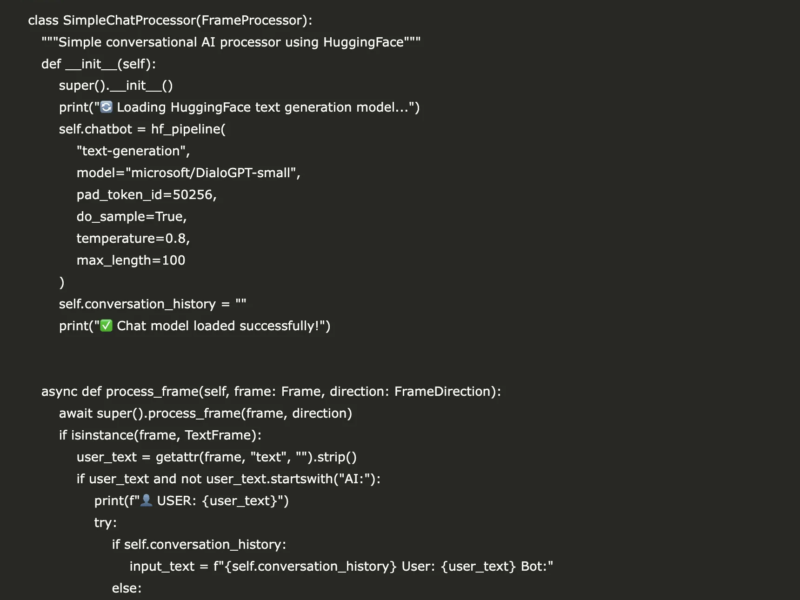Money’s tight, markets are wild, and everyone’s talking about these AI bots like they’re the second coming of Warren Buffett with a caffeine addiction. But where do you even begin when trying to pick a bot that won’t drain your wallet—or your soul?
Look, I’ve been there. You scroll through pages of polished websites promising financial freedom with zero effort, only to end up more confused than before. So let’s break this down in a way that makes sense—not like a sales pitch, but like a friend walking you through the noise.
Because choosing an AI trading bot isn’t just about performance—it’s about compatibility. With your goals, your risk tolerance, and yes, your budget.
The Price Tag Isn’t Everything—But It’s Not Nothing Either
First thing’s first—don’t let your eyes glaze over at the pricing section. Monthly fees, platform access, premium signals, and sneaky upsells… they all add up.
Especially when you’re trying to figure out whether to spend $30 or $300 a month. Here’s the trick: ignore the hype and start by asking what you actually need.
Do you just want to automate a few trades per week? Then don’t go all-in on a high-frequency scalping monster that needs five monitors and a data center. On the flip side, if you’re serious about active trading, those “free forever” bots usually come with limits that’ll drive you nuts.
Personally, I’d rather pay $50 for an ai stock trading bot that actually works than waste weeks trying to make a free one do backflips just to place a single order.
That said, there are solid lower-cost options—but only if you’re clear on what features matter to you, not just the fancy stuff you’ll never use.
Feature Overload vs. Functionality: What Really Matters?
Here’s where people trip up. They fall for bots with laundry lists of features—machine learning this, sentiment analysis that, multi-layered neural hedge fund-grade nonsense. Look, it’s cool, sure. But if you don’t even understand half of what’s under the hood, what’s the point?
What you should care about is this:
- Strategy customization: Can you tweak it to match your risk appetite?
- Backtesting: Does it let you simulate past trades using historical data?
- Platform compatibility: Will it work with your broker, whether that’s TD, E*TRADE, or a crypto exchange like Binance or Coinbase?
- Support and documentation: Is someone actually answering questions when things break?
These sound basic, but trust me, they’re the foundation. A slick UI won’t matter if your bot drops $5K on a meme stock at 2 a.m. with no stop loss.
I found that when testing an ai stock trading bot, I didn’t need all the bells and whistles. I needed reliability. Something that followed the rules I set without going rogue. Fancy didn’t matter—consistency did.
Matching the Bot to Your Market: Stocks vs. Crypto
Here’s where things get spicy.
If you’re dabbling in both stocks and crypto, you might assume one bot can do it all. But markets don’t behave the same. Stocks sleep. Crypto doesn’t. Stocks move on earnings and economic reports. Crypto moves because Elon tweeted something. Totally different beasts.
So if you’re primarily on Wall Street turf, focus on tools that integrate with brokerages and offer robust data analytics. The ai stock trading bot that actually works isn’t necessarily flashy—it just executes trades with surgical precision and doesn’t melt down in high volatility.
But if you’re deep in the crypto jungle? You need something else entirely. A good ai crypto trading bot thrives in chaos. It should adapt quickly, manage around-the-clock volatility, and ideally give you tools like DCA, trailing stop-loss, and exchange arbitrage.
Me? I keep separate bots for each. It’s kind of like having two different playlists: one for workouts, one for late-night chill. You don’t mix them up unless you’re trying to bench press to lo-fi jazz.
What’s Your Emotional Budget?
This part’s real talk. Your financial budget matters. But your emotional budget? Even more.
Because no matter how “hands-off” your bot is, you’re still gonna sweat bullets during a dip. You’ll second guess the logic. You’ll stare at red candles and wonder if it’s smarter than you—or if you’ve just handed your future to Skynet.
So when choosing your bot, go with something that matches your trust threshold. That could mean more transparent algorithms. Or simpler dashboards. Or even a human support team that doesn’t vanish the second your funds go sideways.
I once tried a bot that had amazing ROI for a week… until I realized I couldn’t figure out why it made the trades it did. That was a no-go for me. If I’m gonna hand over control, I at least need to understand what’s happening. It’s not about micromanaging. It’s about peace of mind.
Final Thoughts: Bots Don’t Need to Be Expensive, But They Need to Be Smart
There’s no single right answer when choosing an AI trading bot. It’s personal. Emotional. Financial. Philosophical even, depending on how much you trust machines with your money.
But here’s the recipe that’s worked for me:
- Start small. Test the waters with paper trading or low-volume accounts.
- Pick based on your market. A ai crypto trading bot won’t serve you well in a traditional stock setting, and vice versa.
- Prioritize reliability. Fancy UIs are fun, but consistency makes profits.
- Don’t overstretch. You don’t need the most expensive bot on the block. You need the one that fits your goals.
In a world full of noise and “get-rich-yesterday” schemes, the best edge is clarity. Know what you want. Know what you can afford. And let your bot do the rest—without stealing your sleep or your sanity.
Choose wisely. Your future self will thank you.

